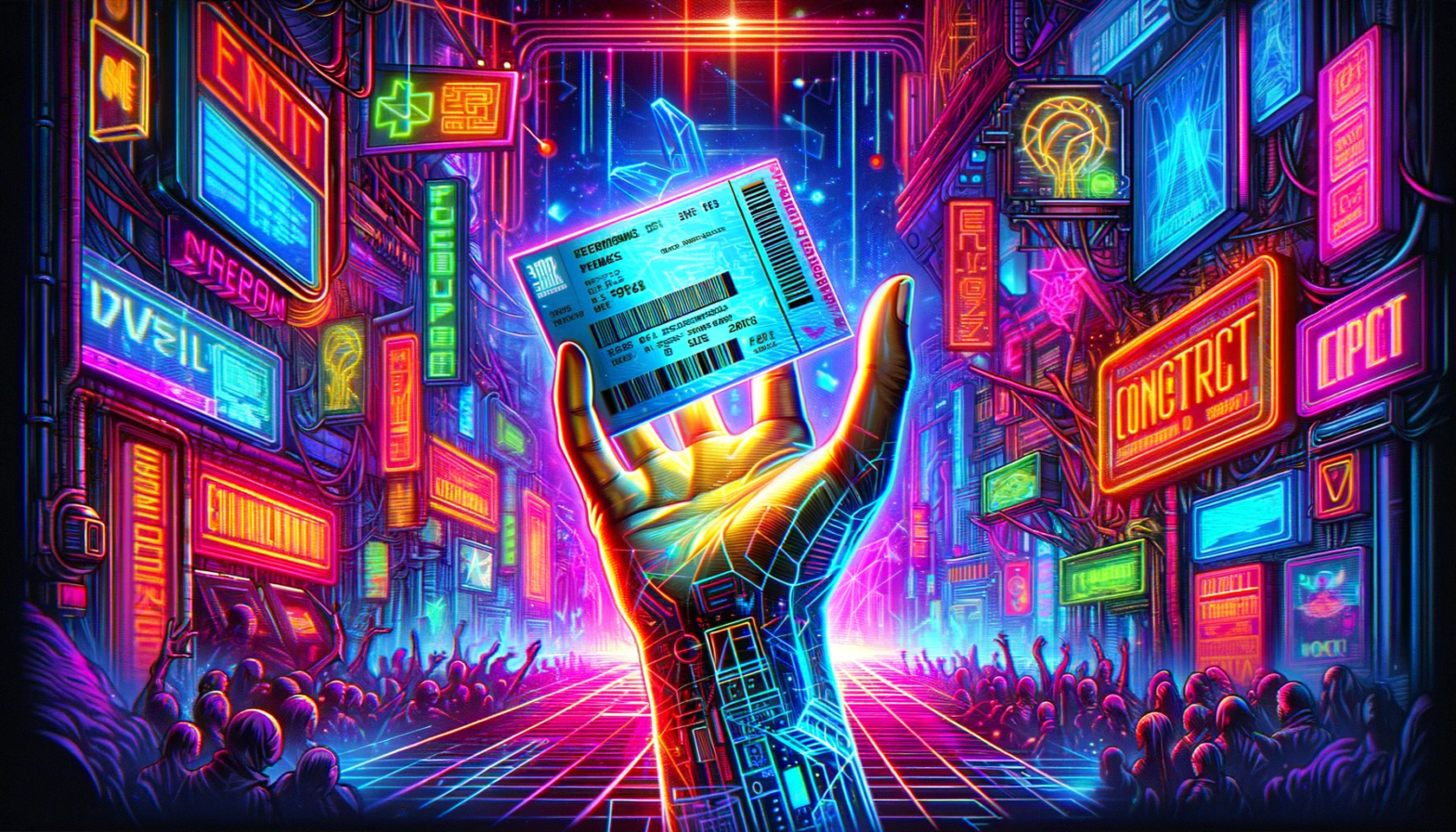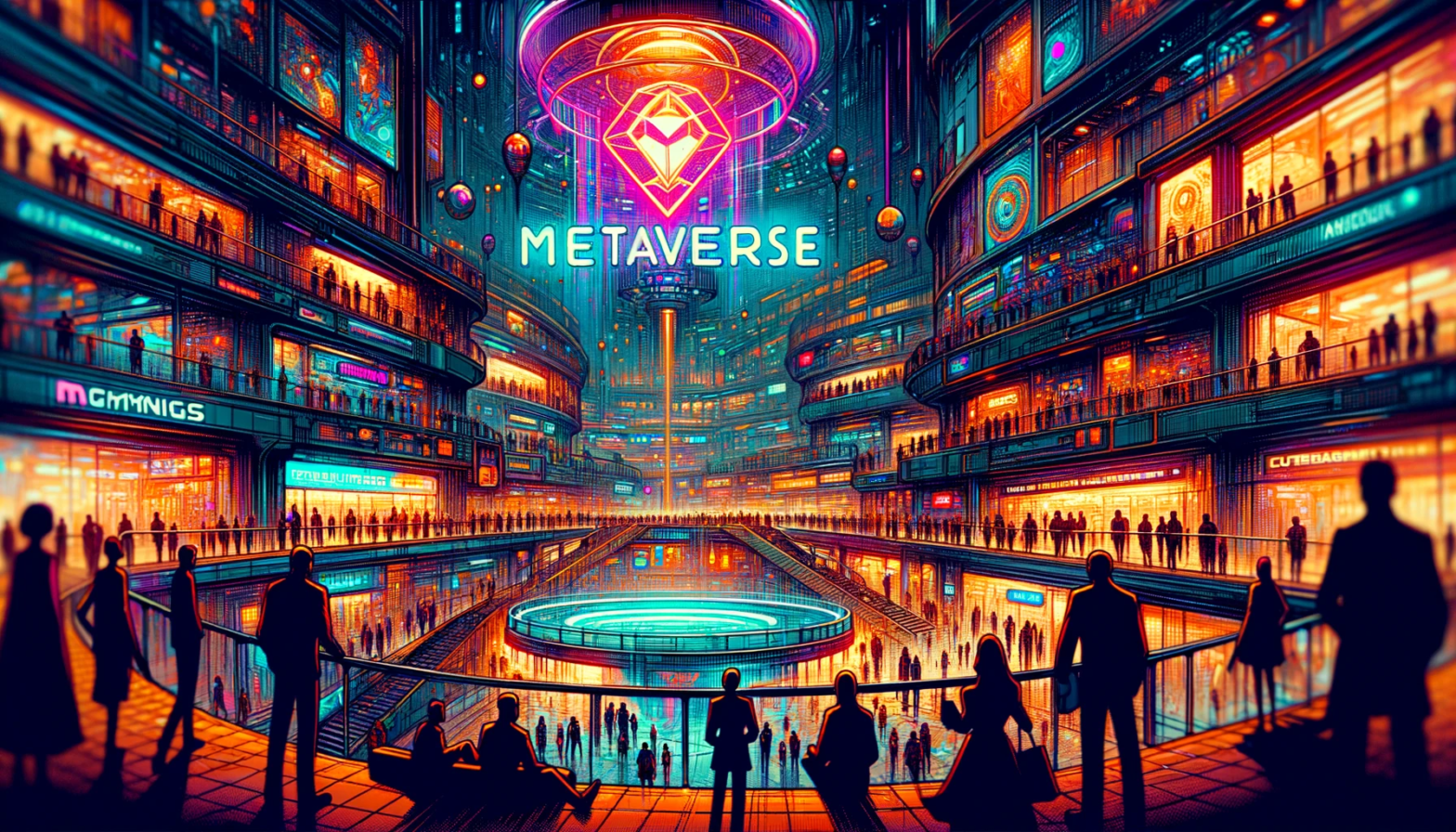Risk capital in an age of AI and DeFi
In the decade since 2025, algorithmic capital has swallowed much of the private equity opportunity.
In response, “smart private equity” moved downstream to late-stage venture capital. Chasing the remaining alpha, VCs were compressed into the earliest stages.
At the same time, venture’s LPs had long been hungry for a better product with stronger returns and greater transparency.
2027 marked the end of “relationship capital” and sleight-of-hand with proxy metrics. Since the GFC, LPs had tolerated bloated funds, dangerous concentration and slipping performance. The need for a reset was clear.
By 2030, LPs began the transition to pooling their capital in algorithmic treasury DAOs, offering:
- A scalable, automated vehicle that could balance allocation across a range of strategies.
- The transparency of operating on-chain, addressing many of the misaligned private market incentives.
- A decentralised approach, allowing venture capital to reach into every segment of the economy.
- A natively evergreen structure that is less negatively exposed to market cycles and platform shifts.
- A competitive industry with vastly superior returns, where managerial skill earns allocation.
The Role of the DAO
A treasury DAO, in this context, is a pool of LP capital, such as endowments, pension funds, sovereign wealth, fund of funds, or high-net-worth individuals. An LP may choose to manage their own DAO, or join an existing DAO.
Indeed, DAOs are fluid organisations that can merge or split as required. For example, a collective of high-net-worth individuals may form a temporary DAO around a particular opportunity. If a member leaves the DAO, or the DAO is dissolved, the division of outstanding investment economics is handled by the existing smart contracts.
Larger DAOs benefit from access to strategies with more demanding allocations, and the ability to balance the pool of capital across a more diversified set of asset classes. A smaller DAO, on the other hand, may set a much higher hurdle for GP performance but offer above-market compensation contracts.
The DAO automates all financial operations (treasury management, fund transfers, fee payments, report generation, and distributions) through smart contracts.
The Role of Venture Capital
As a result of the market compression, venture capital is now primarily focused on origination. Successful VCs recognise opportunities before they generate enough data to be legible to algorithmic capital. They explore qualitative signals, human psychology and future scenarios in a way that a machine still cannot.
Access to the DAOs is as simple as submitting a ledger of private market transactions. If the ledger demonstrates a good risk-adjusted return in a particular strategy they may be awarded an allocation contract and the associated fee and carry contracts.
Each DAO federates a broad base of independent VCs or small partnerships, effectively solving the top-of-funnel for investment opportunities and fundraising friction for founders, as in every industry, market or region there is likely to be someone on the lookout for opportunities.
Indeed, if their performance is sufficient, it does not matter where a GP lives, works, or went to school. They can participate in the DAO full-time, or part-time. For example:
- In some cases, specialists in fields like biotech or defense can supplement their income with a modest fee stream by surfacing the occasional interesting company.
- Elsewhere, a successful angel investor might convert their track record into a large enough allocation to make investing a full-time career, without jumping through any hoops.
Further downstream, specialist VCs (with deep industry, CFO or internationalisation experience) are still able to find alpha within the later-stage opportunities, shaping successful exits. The highly-automated nature of investment (with investments often made directly by the DAO) at these stages allows them to manage a large book, and focus on signals of overlooked value to pre-empt funding rounds(which, in-turn, the AI learns from).
As each GP’s track record improves, they’re able to compete for incrementally larger allocations at more prestigious DAOs that offer more favourable compensation terms.
Track record is understood through a blend of efficiency (realised IRR), risk (Sharpe ratio) and persistence. This allows a DAO to recognise potential in even relatively amateur investors, as well as downgrading or ejecting underperforming investors.
Emerging Performance
Structural secondaries are core to this model of venture capital, enabled by reduced information friction. The question of how long a startup chooses to remain private is redundant in a market with regular release-valves for liquidity.
This reality aligns with LPs, who want to see faster cash returns. Similarly, VCs that can stay above benchmarks (typically 12-15%, realised IRR) are able to supplement their fee income with a regular drip-feed of carry from liquidity events.
This generally means exiting a significant portion of each position in year 2-4. For example, if a GP sells half of their stake in a company in year 3, at a 3x valuation increase, that’s already a 14.5% realised IRR.
Shortening the liquidity horizon to ~3 years from ~12 years makes understanding GP performance more practical, particularly with an evergreen fund strategy. It also shapes the incentives of downstream investors who are more likely to scrutinise fast-growing investment opportunities for the sustainability of that growth.
Radical Transparency
With all transactions signed with their on-chain identify, each investor (angel or GP) holds immutable and portable deal attribution which may be shared and compared. Thus, performance-based competition is real and important.
“Top VC” lists are based on clear methodology and hard data, and each publisher competes to provide the gold standard of measuring performance across the metrics mentioned above.
VCs that opt-in to sharing their ledger can use their ranking as a public recognition of their ability, feeding into other opportunities outside of access to investable capital.
Venture Firms
While there is no strictly necessary role for venture firms in a world where smart contracts handle a lot of the central functions such as financial operations, compliance and reporting, VCs may still choose to assemble where “the whole is greater than the sum of the part(ner)s”. Most of the time, this manifests as a brand-building exercise to develop inbound interest or a goal of providing more stable results with the aggregate firm performance.
In these cases, informal partnerships may still manage attribution on an individual partner basis, or more formal partnerships may attribute to the firm, with an individual partner as the secondary signature. This way, the firms themselves may compete for ranking (and potentially provide more stable returns) without eliminating the portability and accountability of a partner’s attribution.
Conclusion
In this reimagined model, venture capital works because the structure is built around the desired outcome: managerial skill is focused where it makes the most difference, performance is rewarded with capital, transparency breeds healthy competition, and the broader distribution is able to surface more opportunities and potential outliers.
This represents a new social contract for funding innovation, expanding who gets to invest, who gets funded, and where new category leaders may be found.
(top image: “Webs of At-tent(s)ion”, by Tomás Saraceno)








